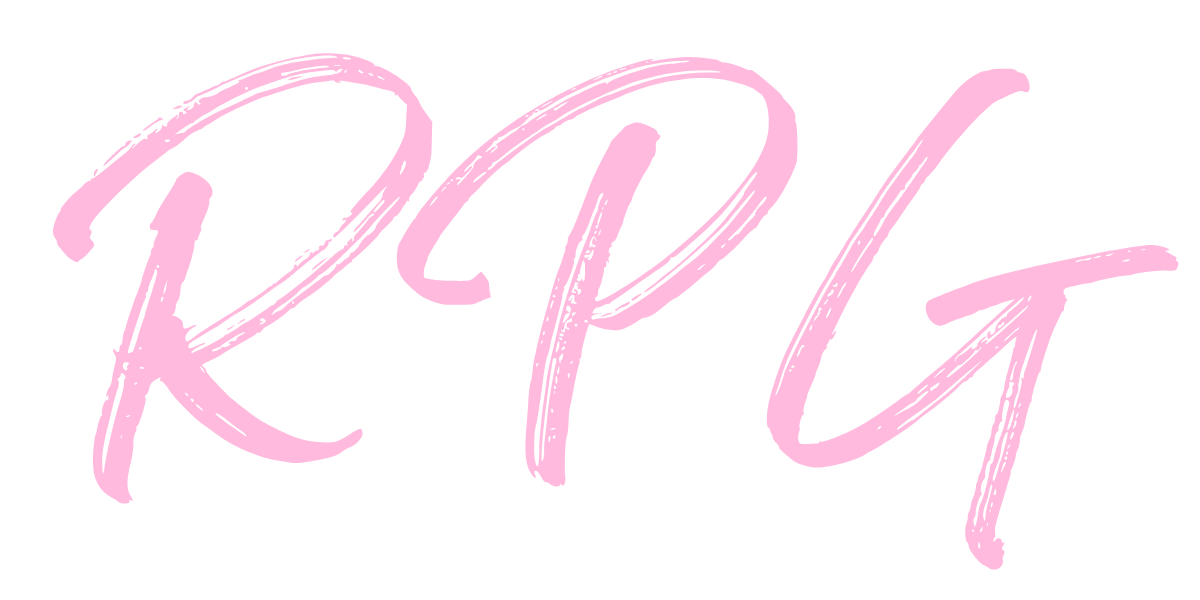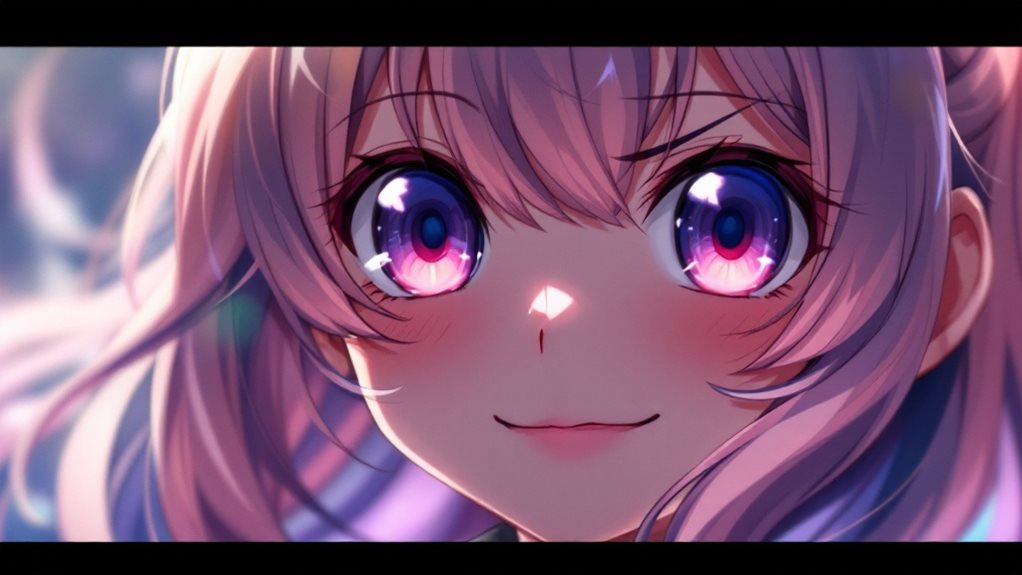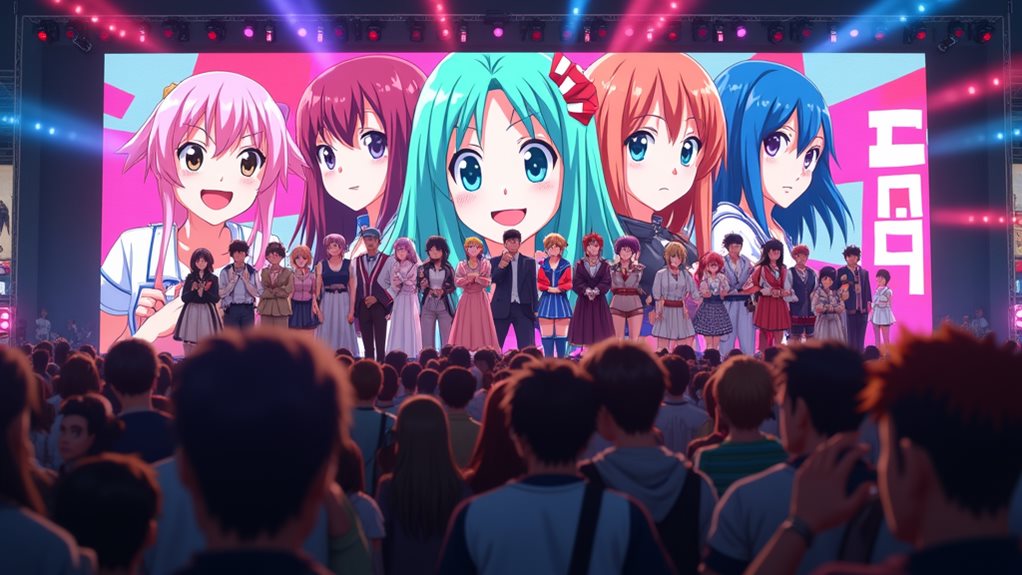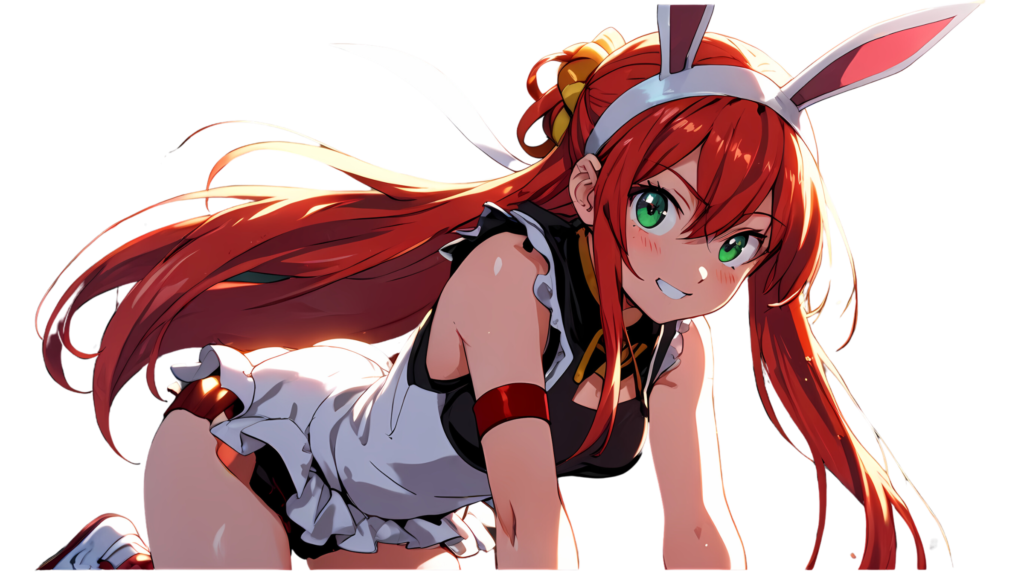You've probably heard "Ara Ara" in anime, and maybe you've wondered why it feels so enthralling. This expression, often used by certain characters, carries layers of meaning that go beyond a simple translation. Its subtlety and nuance can reveal a lot about a character's personality and relationships. But what makes this phrase so iconic in the anime world? Understanding its origins and the context in which it's used could offer intriguing insights into cultural subtleties and storytelling techniques. Isn't it fascinating how a mere expression can enrich a narrative so profoundly?
Understanding Ara Ara in Context
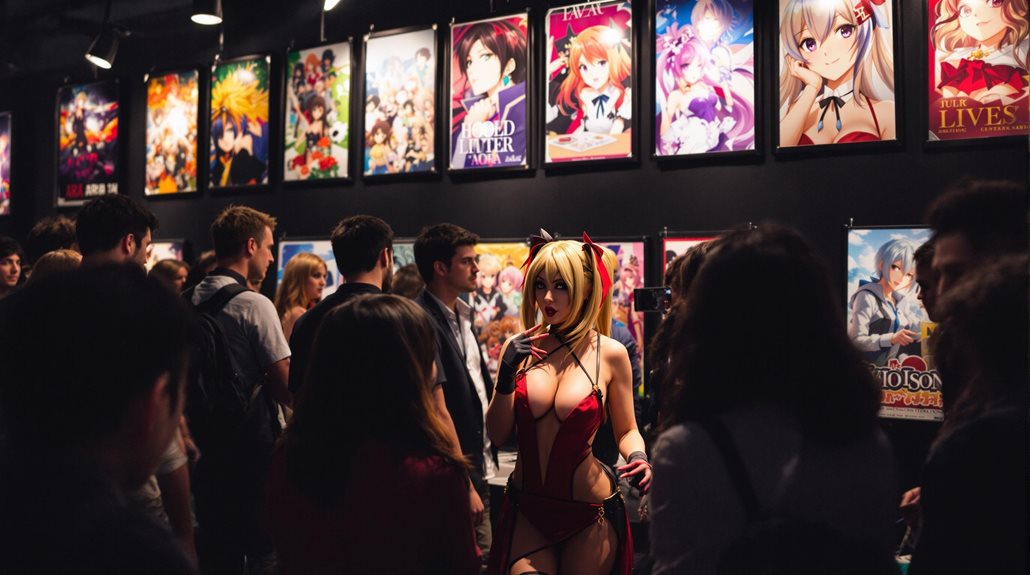
To truly grasp the meaning of "Ara Ara" within anime, it's important to look beyond its simple translation. This phrase, typically uttered by characters like the onee-san or maternal figures, encapsulates more than just the words "well well" or "my, my."
It's a rich expression of playful teasing that adds depth to character interactions and invites intimacy. As you watch these scenes unfold, notice how the tone conveys emotional nuances—mixing surprise, amusement, and mild disbelief. This dual significance often suggests both concern and flirtation, a clever blend that can change the dynamics of a scene entirely.
In the domain of anime, "Ara Ara" becomes a tool for comedic timing, enhancing moments of humor or subtle seduction. Characters use it to navigate their relationships with younger male counterparts, creating a dance of emotions that can be both endearing and complex.
Audience perceptions vary widely; some fans admire the phrase for its charm and wit, while others may feel discomfort due to its cultural implications. Understanding "Ara Ara" in context allows you to appreciate this narrative device more fully, recognizing its power to shape character dynamics and influence your viewing experience.
Origins of Ara Ara in Anime
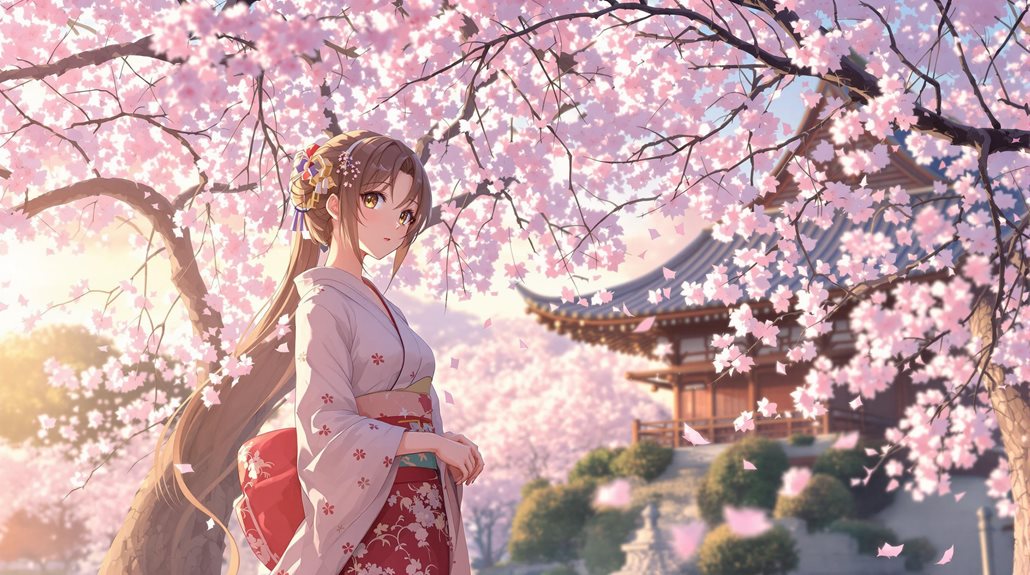
While appreciating "Ara Ara" in context enriches our understanding, examining its origins in anime provides a deeper insight into its cultural significance. Explore the historical usage of this phrase, and you'll find it first gained traction in the 1980s and 90s.
This era marked a shift towards nuanced character development, where "Ara Ara" became a linguistic tool to flesh out personalities, particularly those of maternal or older sister figures. With its notable debut in "Neon Genesis Evangelion" (1995), the phrase played a pivotal role in shaping audience perception of mature female characters.
As anime evolved, so did the linguistic evolution of "Ara Ara," embedding itself in the playful dynamics of character interactions. This evolution showcases the cultural impact of gender-specific expressions in Japanese pop culture, influencing both character archetypes and storytelling techniques.
The enduring presence of "Ara Ara" illustrates its multifaceted role in anime's narrative landscape.
- Historical Usage: Emerged prominently in the 1980s and 90s.
- Character Development: Defined personalities of nurturing figures.
- Linguistic Evolution: Adapted within anime's storytelling.
- Audience Perception: Shaped views on mature female characters.
- Cultural Impact: Embedded in Japanese pop culture narratives.
Embrace the freedom to explore these origins and uncover the layers beneath this charming phrase.
Common Characters Who Use Ara Ara
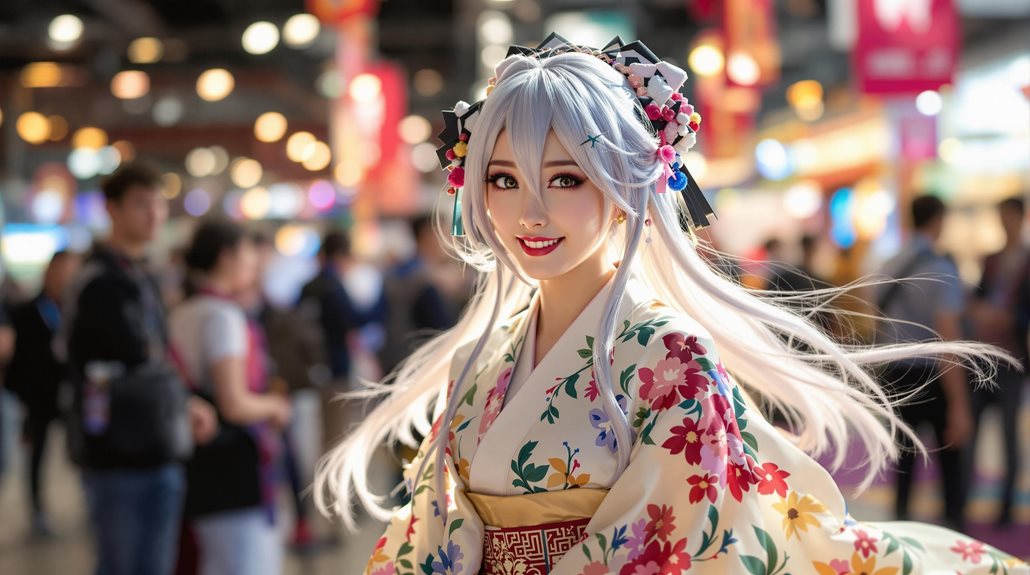
In anime, you'll often encounter characters who use the phrase "Ara Ara" to enhance their personalities and interactions. This expression is commonly associated with specific character archetypes, such as the nurturing older sisters (onee-san) and maternal figures.
These characters often embody feminine qualities and engage in playful interactions with younger male characters. The phrase "Ara Ara" carries seductive nuances, adding layers to their personalities and highlighting age dynamics within the storyline.
Take Tifa Lockhart from "Final Fantasy VII Remake," for example. She uses "Ara Ara" in a flirtatious and playful context, emphasizing her strong, caring nature. Similarly, Kagura from "Speed Grapher" showcases her seductive and teasing demeanor with this phrase, enhancing her role within the narrative.
Shizuku Sangou from "Demi-chan wa Kataritai" also employs "Ara Ara," blending care with a teasing wit that captivates viewers.
These characters utilize "Ara Ara" not just for flirtation but to evoke emotional resonance, creating a dynamic interplay between age and relational power. By doing so, they enrich the narrative, inviting audiences to explore the subtleties of human connection and the freedom of emotional expression.
Cultural Significance of Ara Ara
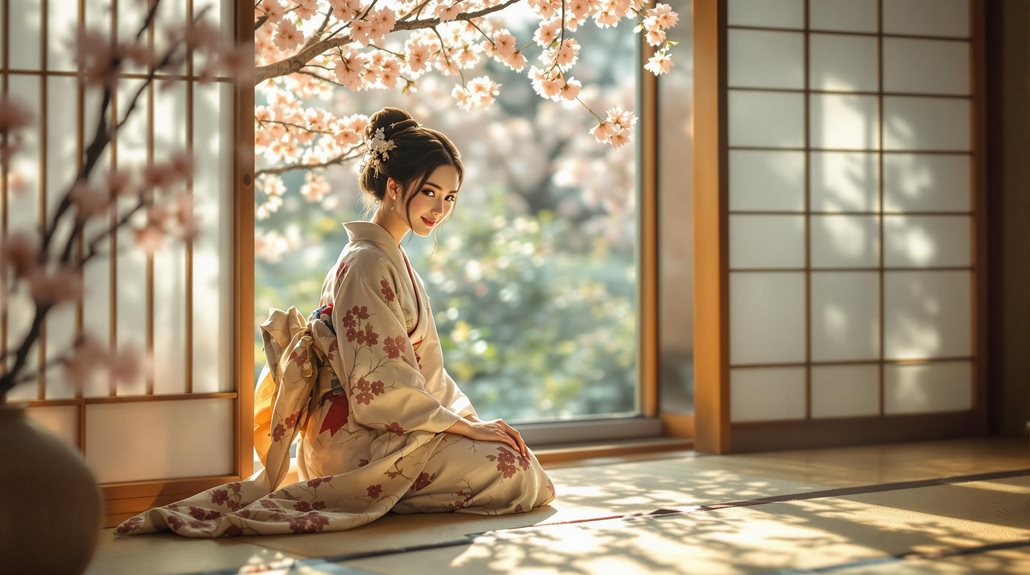
Amidst the colorful world of anime, "Ara Ara" holds a special cultural significance, embodying the nurturing and softer qualities of female characters. This phrase isn't just a playful utterance; it's a window into the cultural implications of gender roles and emotional nuances in Japanese society. As you explore anime, you'll notice "Ara Ara" often reinforces the maternal or teasing roles of female characters, aligning with traditional expectations.
The expression serves as an integral part of the "moe" archetype, enhancing the emotional connections between characters and viewers. It reflects how gender roles are portrayed, often emphasizing a blend of surprise, amusement, and flirtation. The evolution of language within anime showcases how expressions like "Ara Ara" can transcend cultural boundaries and become memes, resonating with fans globally.
Consider these aspects:
- Nurturing femininity: Characters use "Ara Ara" to project warmth and care.
- Playful interaction: The phrase adds layers of flirtation and surprise.
- Cultural bridge: It crosses cultural lines, becoming a meme.
- Language depth: Highlights emotional subtleties in Japanese communication.
- Stereotype reinforcement: Often aligns with traditional female roles in anime.
These nuances make "Ara Ara" a fascinating study in the evolution of language and cultural stereotypes within anime.
Ara Ara's Tone and Delivery
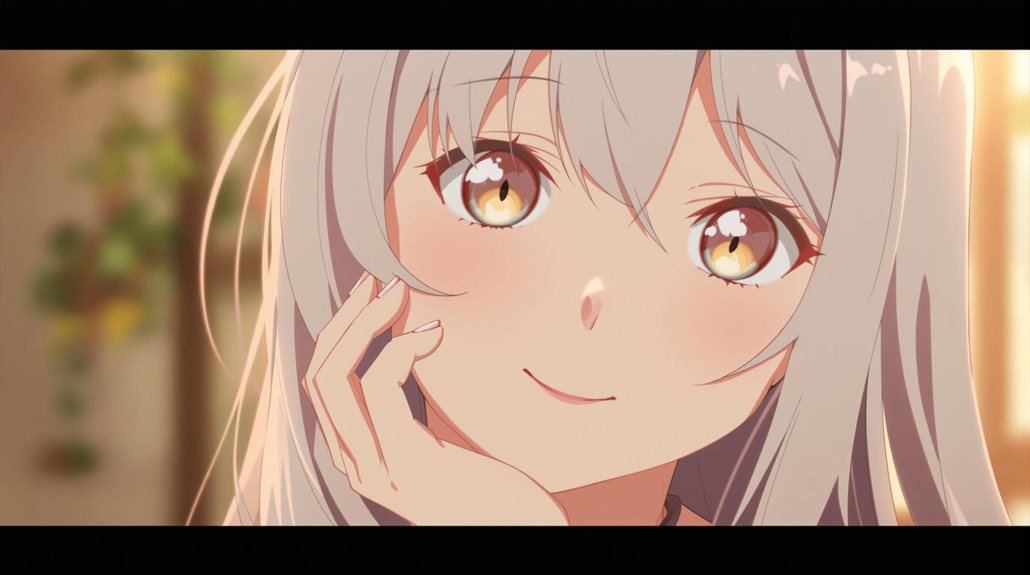
Imagine the scene where a character leans in, a soft, knowing smile on her lips, and whispers "Ara Ara" with a gentle, teasing inflection. This phrase, rich in playful intonation, often enhances the emotional nuance in anime scenes. The teasing delivery is essential, as it creates layers of meaning, inviting audiences to explore the character interplay and underlying dynamics.
Voice acting plays an important role in delivering "Ara Ara" effectively. A soft, gentle inflection can convey warmth and motherly affection, especially when the phrase is used by older female characters. This delivery can transform a simple interaction into a moment charged with tenderness or mild disbelief.
When characters use "Ara Ara" in flirtatious contexts, a coy or seductive tone heightens the romantic tension, engaging viewers in the unfolding drama. The expression's impact is further amplified by body language—like a raised eyebrow or a knowing smile—reinforcing its playful intent.
Variations in tone can shift its perception. A more exaggerated or dramatic delivery can emphasize humor, while a softer tone can suggest concern or affection, demonstrating the versatility of "Ara Ara" in anime storytelling.
Popular Anime Featuring Ara Ara
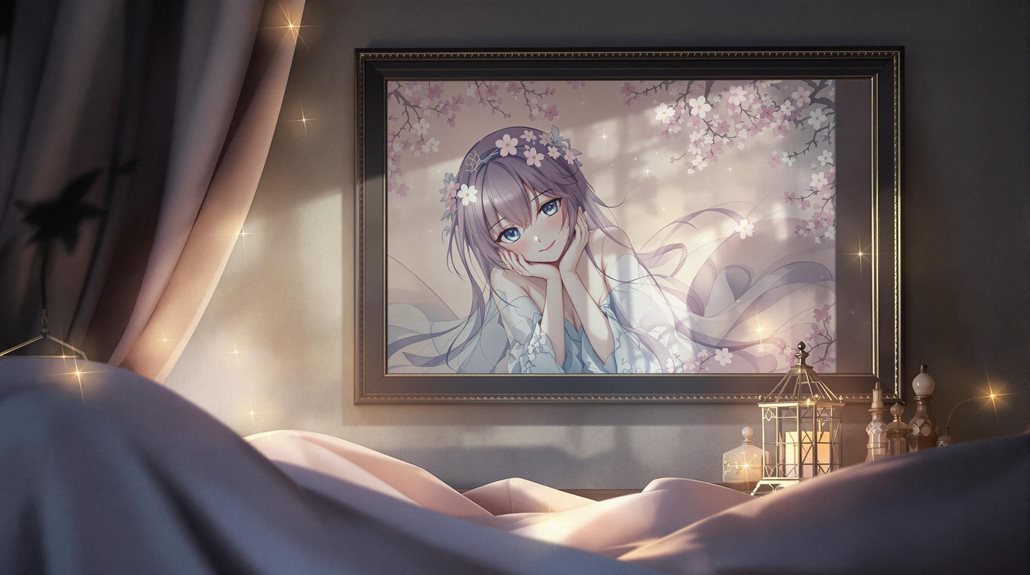
A myriad of anime series have embraced the "Ara Ara" phrase, weaving it seamlessly into their storytelling to enrich character interactions. Popular characters like Tifa Lockhart in "Final Fantasy VII Remake" showcase this phrase's charm, embodying the nurturing yet strong female archetype.
These characters often appear in memorable scenes that resonate with fans due to their relatable teasing and affectionate tones. With "Ara Ara," cultural references become embedded, adding layers to character depth and engaging audiences in fan interpretations across various genres.
Consider these notable examples:
- Tifa Lockhart: Her "Ara Ara" moments highlight her as a nurturing figure, drawing fans into her strength and warmth.
- "Blood+" and "Speed Grapher": Here, the phrase enhances comedic relief, with characters using it to flirt or express surprise.
- "Kaguya-sama: Love Is War": The older sister archetype uses it to signal a teasing affection, leaving a lasting impression.
- Karen Aijou in "Revue Starlight": Her use of "Ara Ara" adds depth, reflecting maternal qualities.
- Cultural Staple: "Ara Ara" continues to influence anime, becoming a beloved catchphrase in fan discussions and memes.
Dive into these anime, and you'll discover how "Ara Ara" enriches storytelling with playful flair.
Ara Ara's Role in Character Dynamics
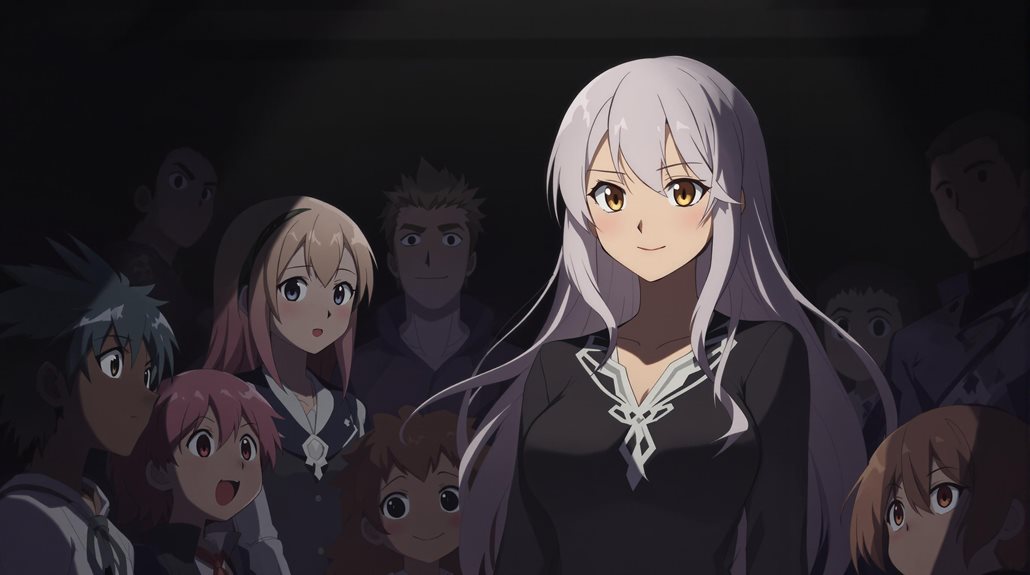
Building on the rich tapestry of anime storytelling, "Ara Ara" plays a pivotal role in character dynamics, often shaping the nature of interactions between characters. When a character utters this phrase, it creates a sense of playful surprise that can instantly transform the scene.
Typically used by maternal figures or older sister character archetypes, "Ara Ara" highlights their nurturing or flirtatious traits, making the relationship with younger male characters both intriguing and complex.
This phrase isn't just about teasing; it serves as a catalyst for comedic moments that can lighten the mood and add layers to the narrative. By introducing a hint of suggestive allure, "Ara Ara" deepens the emotional connection between characters, offering audiences a glimpse into the intricate web of relationships that define anime.
Moreover, "Ara Ara" allows female characters to break from traditional gender roles, adopting an assertive presence that captivates viewers. It becomes a tool for these characters to command attention and influence the dynamics of their surroundings.
Through this simple expression, anime creators craft a rich, multifaceted narrative that invites you to explore the depths of character interactions, all while enjoying the freedom of unexpected twists.
Fans' Reactions to Ara Ara
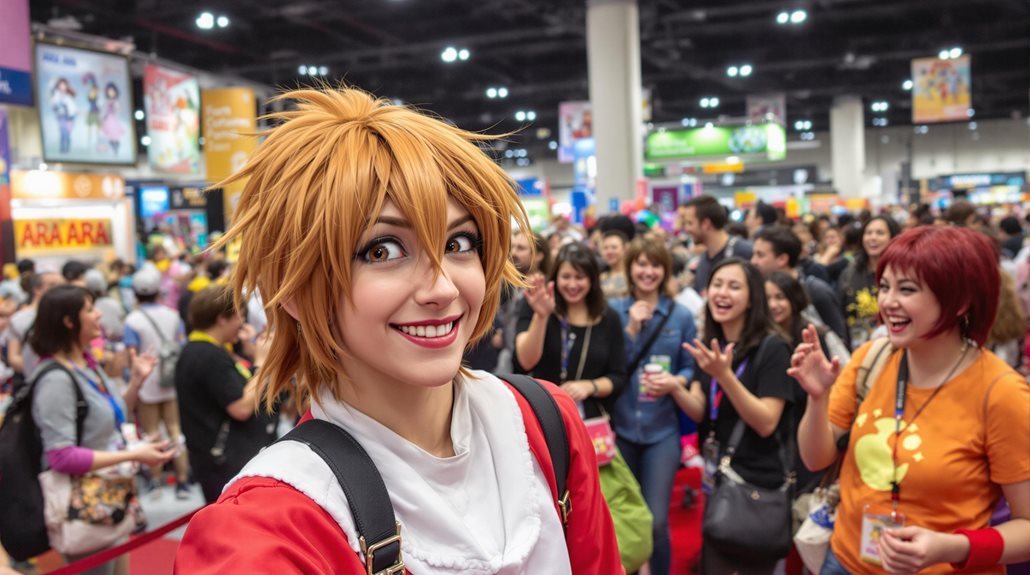
When it comes to anime, fans' reactions to the phrase "Ara Ara" are as varied as the characters who say it. You might find yourself caught in the playful, teasing intonation that often accompanies this expression. Fan interpretations can range from viewing it as a charming, flirtatious quip to seeing it as suggestive, depending on the context in which it's used.
These interpretations fuel social media, where memes and fan art proliferate, each adding layers to the emotional resonance of "Ara Ara" within the anime community.
Consider these aspects of fan reactions:
- Playful Teasing: Many associate "Ara Ara" with lighthearted, comedic moments that showcase character dynamics.
- Cultural Nuances: The phrase can evoke admiration or discomfort, highlighting cultural differences in interpretation.
- Memes and Art: It's become a staple in memes, with countless fan creations exploring its many facets.
- Shared Understanding: It symbolizes a point of connection among fans, a nod to shared humor and character appreciation.
- Varied Responses: While some find it endearing, others might see it as inappropriate, sparking lively discussions.
Ultimately, "Ara Ara" serves as a cultural touchstone, bridging fans worldwide through humor and shared experiences.
Variations of Ara Ara in Anime
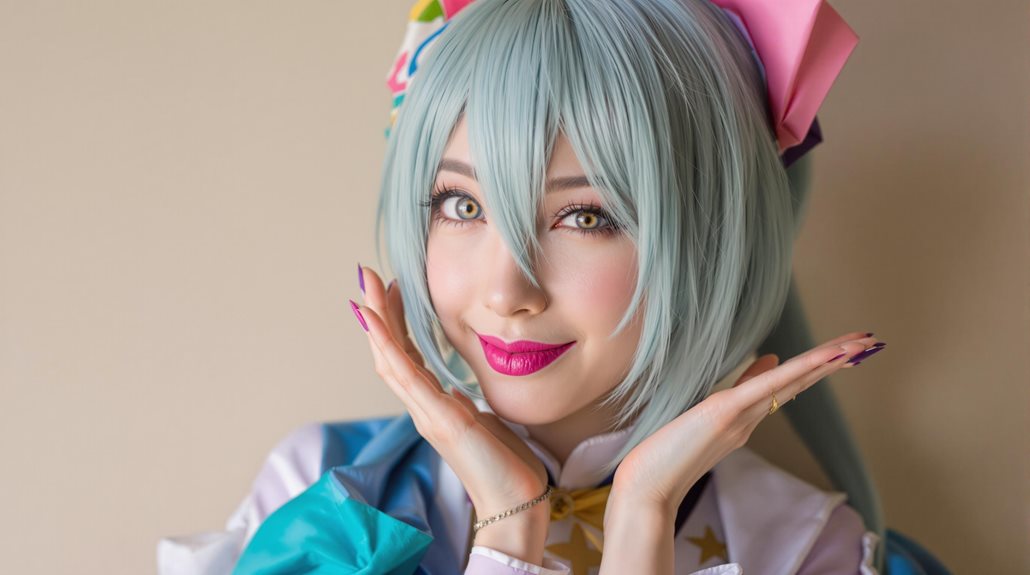
Variations of "Ara Ara" in anime highlight the diverse ways this phrase impacts storytelling and character dynamics. You'll find that "Ara Ara" isn't just a simple phrase; it's a versatile tool that characters wield to add depth and intrigue.
When used for playful teasing, it invites a sense of closeness and flirtation, often from older sister types towards younger male characters. This interaction can spice up the dialogue, offering a mix of humor and charm.
In moments of affectionate surprise, "Ara Ara" conveys warmth and endearment, especially from motherly figures. This can strengthen the emotional bond between characters, enhancing the narrative's relational depth.
Comedic exaggeration of "Ara Ara" transforms scenes into laugh-out-loud moments, where the phrase's delivery becomes larger-than-life, poking fun at the characters' quirks or situations.
A maternal response often emerges when "Ara Ara" is used with genuine concern, reflecting characters' protective instincts. This nuanced use is essential for character development, revealing layers of care and responsibility.
As you explore anime, you'll notice how the tone and context of "Ara Ara" shape relationships, making it a beloved element in storytelling.
Ara Ara Beyond Anime
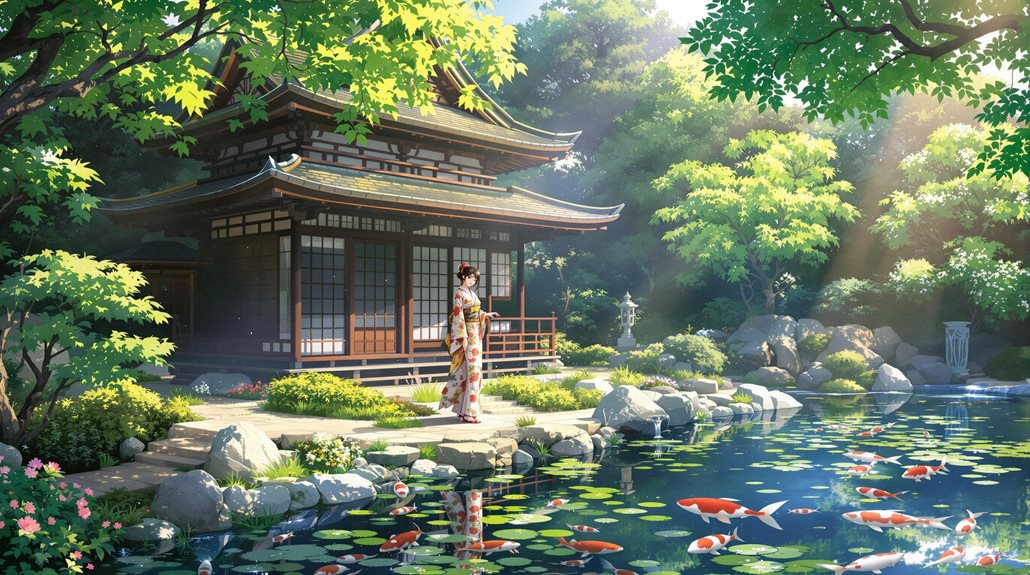
While "Ara Ara" enriches anime storytelling with its playful and multifaceted uses, its influence extends beyond the animated world. You might hear it in real life, particularly among older Japanese women expressing surprise or mild concern.
However, its use in everyday conversation is rare and can seem outdated or overly cute. In Western meme culture, "Ara Ara" has found a new life, frequently popping up on social media to convey a teasing or surprised tone. This reflects its anime origins, but with a modern twist that gives you creative freedom to play with cultural nuances.
In fan art and online spaces, "Ara Ara" is a staple. It highlights characters' personalities with humor and flirtation, inviting you into the playful world of anime-inspired creativity.
Understanding this phrase beyond anime offers a glimpse into the cultural nuances of Japanese expressions, illustrating how anime shapes global communication. Here are ways "Ara Ara" has transcended traditional boundaries:
- Real life usage: Occasional, nostalgic presence among older generations.
- Meme culture: A playful, viral expression.
- Cultural nuances: A window into Japanese language.
- Fan art: Embellishing character traits.
- Social media: A platform for creativity and humor.
Wrapping it up
So, there you have it, anime aficionado! Next time you hear "ara ara," remember it's not just a catchphrase—it's a cultural touchstone that magically transforms any scene into a melodramatic masterpiece. Who knew two little words could hold such power? It's like the secret sauce of anime, without which our beloved characters would simply wander in emotional ambiguity. So, embrace the "ara ara" and let it guide you through the labyrinth of anime emotions!
